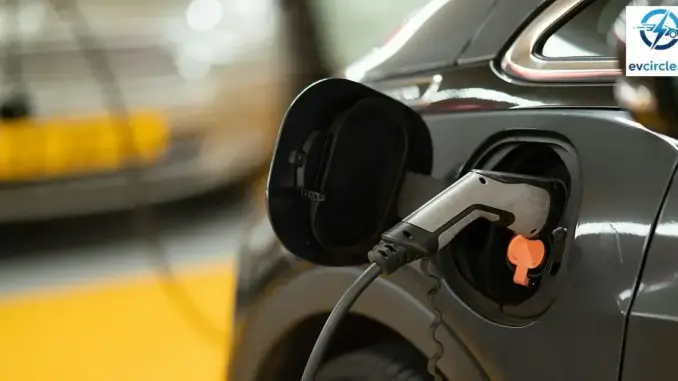
The PM Electric Drive Revolution in Innovative Vehicle Enhancement (PM E-DRIVE) scheme, which took effect in October last year, is designed to hasten the uptake of electric vehicles across the nation. Recently, the central government released operational guidelines for rolling out nearly 72,300 public EV charging stations in various states, with a total budget of Rs 2,000 crore.
As one of the flagship initiatives under the Ministry of Heavy Industries, PM E-DRIVE aims to build charging infrastructure and foster a resilient EV manufacturing ecosystem in India.
PM E-DRIVE: Guidelines to set up EV charging stations
To deploy EV charging infrastructure at numerous sites, the new guidelines propose a tiered subsidy framework. The scheme concentrates on urban areas with populations exceeding one million; smart cities; state capitals; metro-linked satellite towns; and high-traffic national and state highways.
Under this, 100% subsidy will be extended to government premises, including offices, residential complexes, as well as hospitals and educational institutions for EV charging equipment and upstream infrastructure. In such cases, the chargers must provide free access to the public.
Per the guidelines, 80% of upstream infrastructure and 70% of EV supply equipment costs will be subsidised for sites in cities and along highways that are overseen or managed by central or state governments and their PSUs. This covers railway stations, airports, retail outlets of public sector OMCs, metro stations, bus terminals (run by STUs), municipal parking areas, among others.
Additionally, an 80% subsidy will be available for upstream infrastructure in cities—such as streets, market complexes, shopping malls and similar locations—that lie along highways and expressways. There will also be an 80% subsidy on upstream infrastructure for battery swapping/charging stations at any site.
The norms state that eligible bodies, like State/Union Territory governments and central ministries, must designate nodal agencies to consolidate EV PCS demand. Proposals in this regard should be presented to the Ministry of Heavy Industries.
These nodal organisations will subsequently be tasked with identifying high-priority locations and submitting consolidated proposals via a dedicated online portal.
The guidelines note that Bharat Heavy Electricals Limited (BHEL) will act as the Project Implementation Agency (PIA) to roll out public EV charging stations. Subsidy disbursement will follow a two-tranche approach. Funds will be released after performance milestones and compliance are satisfied.
PM E-DRIVE: What is it?
Sanctioned by the Cabinet with a Rs 10,900 crore financial provision, PM E-DRIVE became operational in October last year and was initially set to remain active until March 31, 2026. In August 2025, Union Minister HD Kumaraswamy extended its term from two years to four years. Consequently, it will now be in force until March 31, 2028.
The Ministry of Heavy Industries, however, stated that March 31, 2026 will continue to be the cutoff date for registered e-2W, e-3W (L5), e-rickshaws and e-carts.
PM E-DRIVE: Eligible Vehicles
- Two-wheelers: It will incentivise about 24.79 lakh electric two-wheelers (e-2Ws), both commercial and private, that are fitted with advanced batteries.
- Three Wheelers: The scheme will incentivise nearly 3.2 lakh electric three-wheelers (e-3Ws), including registered e-rickshaws/e-carts or L5 category vehicles.
- e-Ambulance: Rs 500 crore earmarked to deploy e-ambulances for comfortable patient transport.
- e-Trucks: Rs 500 crore allocated to promote the adoption of e-trucks. Individuals holding scrapping certificates from MoRTH-approved vehicle scrapping centres (RVSF) are eligible.
- e-Buses: Rs 4,391 crore set aside to procure 14,028 electric buses by STUs/public transport agencies.
- Charging infrastructure: Creation of a comprehensive network of public charging stations. This comprises 22,100 fast chargers for e-4Ws, 48,400 for e-2Ws and e-3Ws, and 1,800 for e-buses.
For more on the growth of related technology, see the report on the EV Battery Diagnostics Market Growth and Key Drivers.
Sustainability advocate with a keen eye on policies, trends, and real-world EV impact.
Leave a Reply